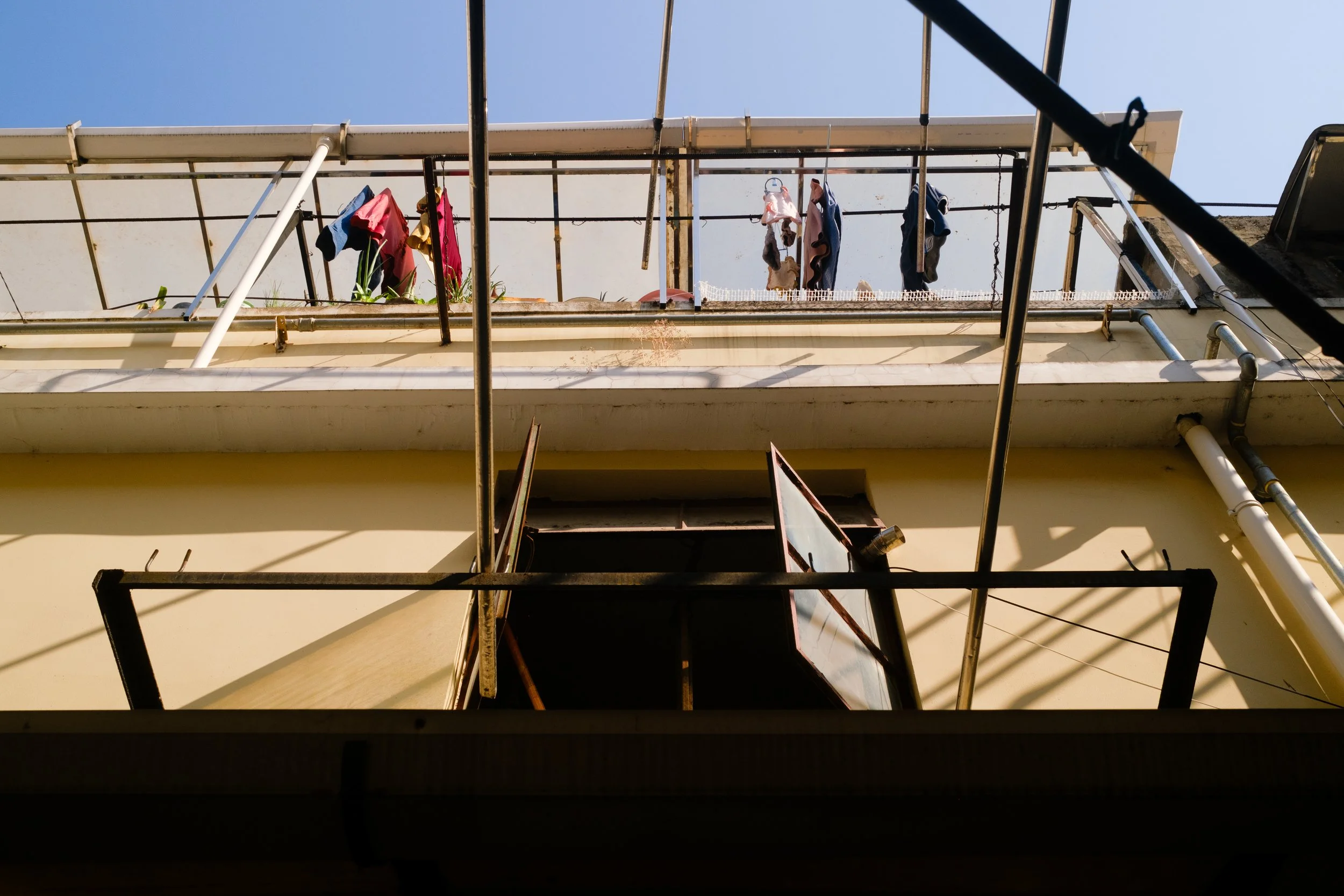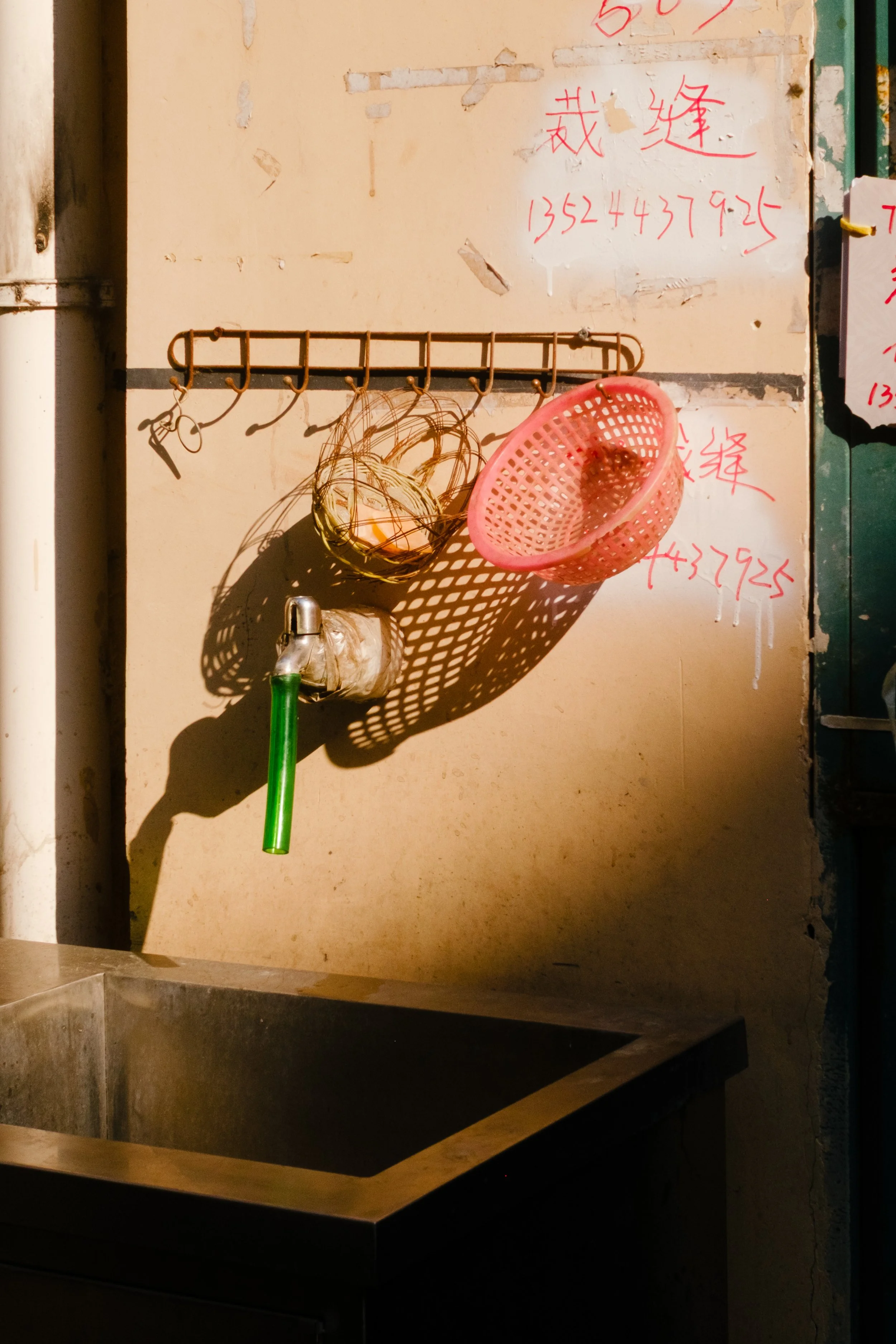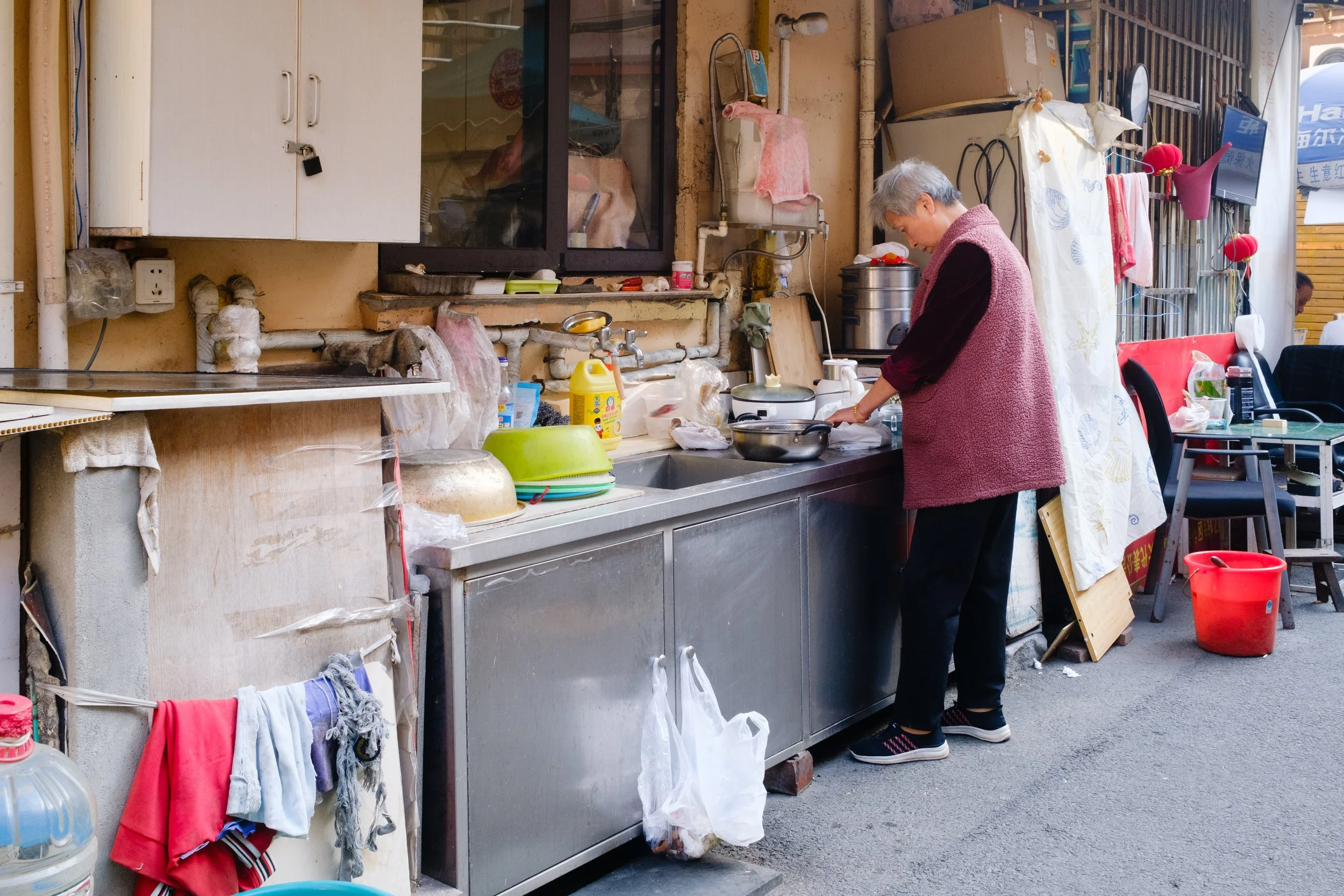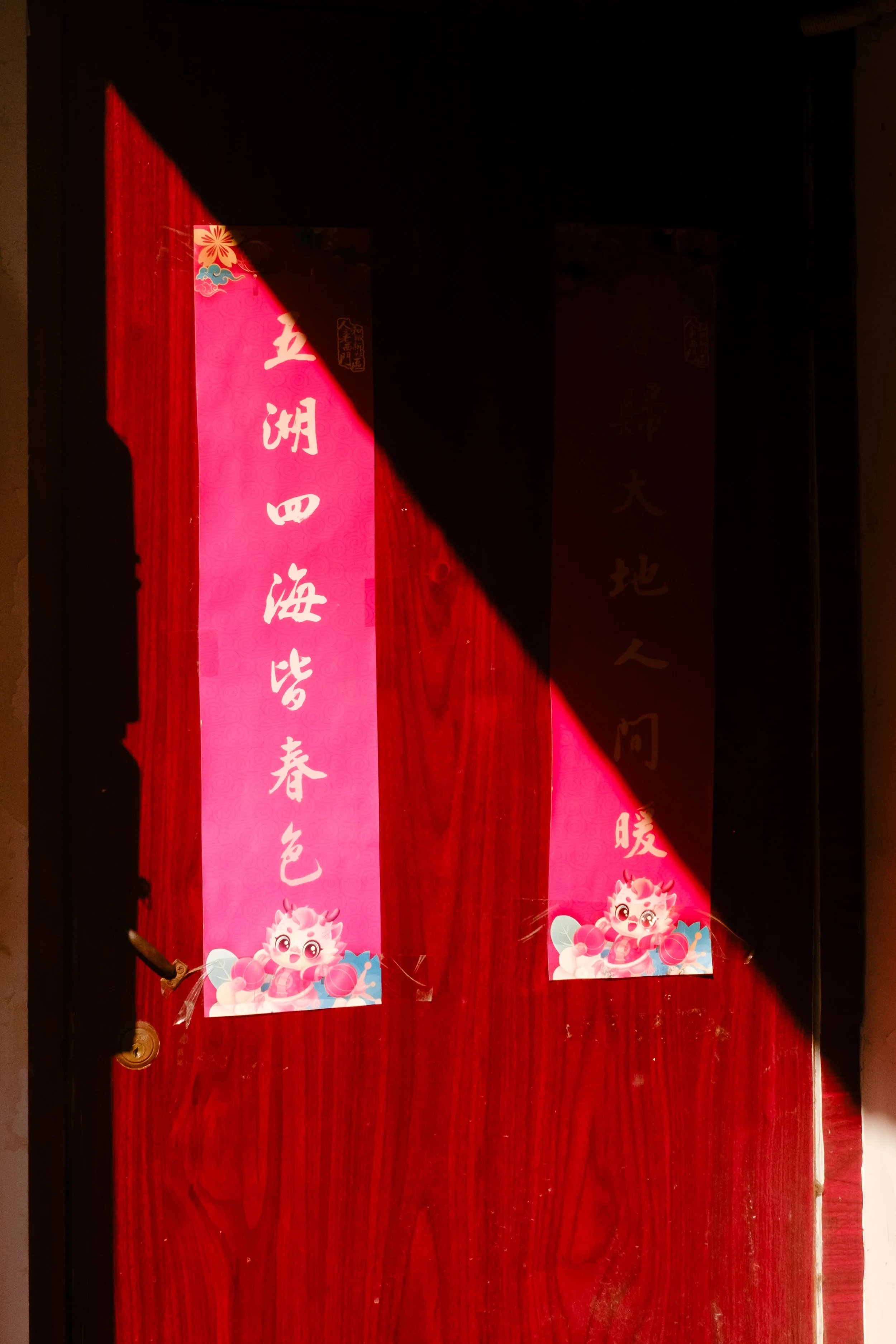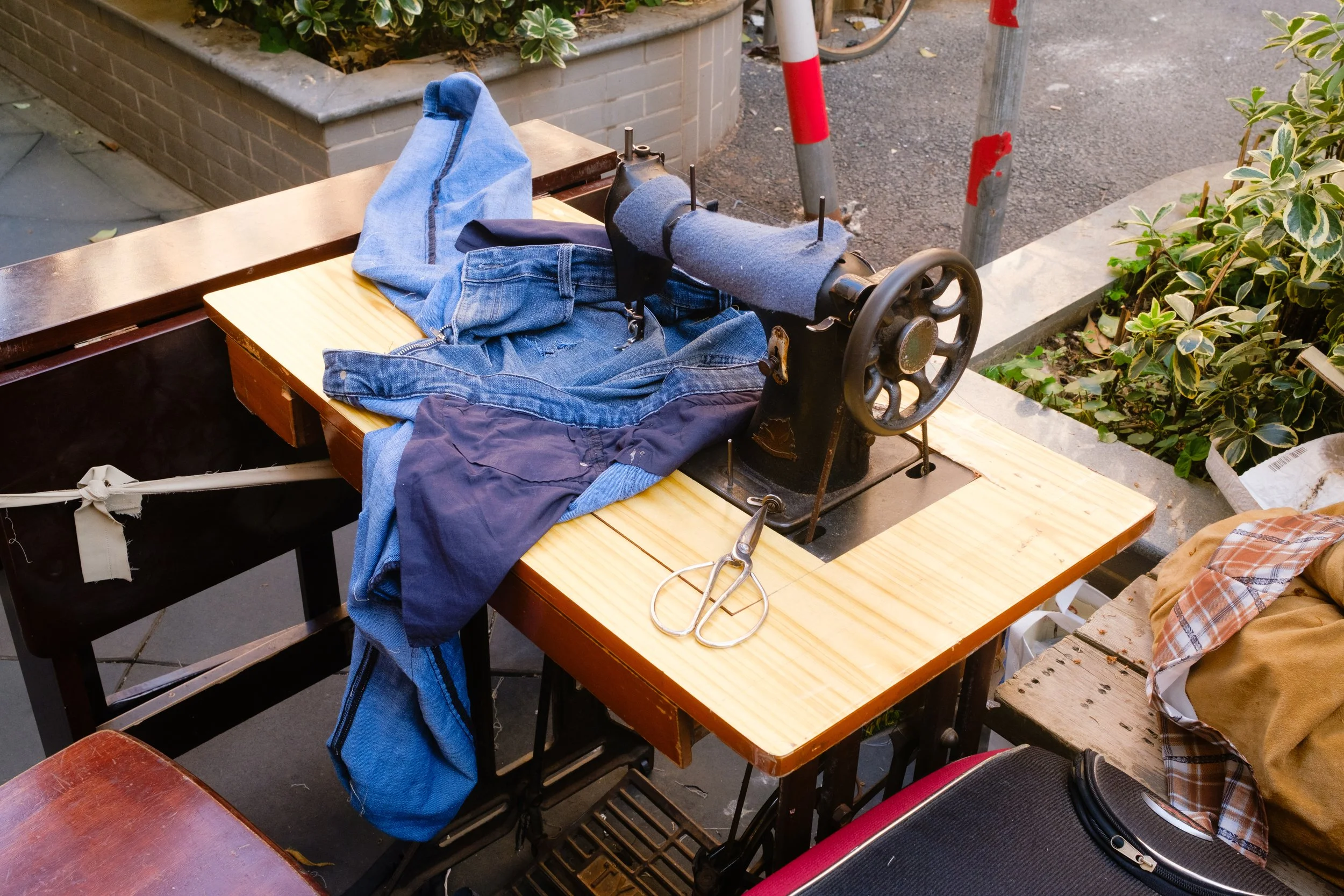Traces of a Memory
When I visited China as a kid, I often saw the character “拆” — chai, meaning “demolish” — painted in red on old buildings in my parents’ hometown. I didn’t think much of it then. But it marked the quiet erasure that comes with China’s rapid redevelopment.
On my most recent trip, I visited Laoximen, one of Shanghai’s oldest neighborhoods. Locals said most of it had already been rebuilt and was barely recognizable so I went to see what was left.
As I walked through the alleyways, a few aunties asked what I was photographing. We talked about life in the neighborhood. I had never lived there, but the drying racks, passing scooters, and neighbors chatting felt deeply familiar, like traces of memories I didn't know I had.
Laoximen sits in the shadow of Shanghai’s modern skyline—a reminder that not all urban life is high-rises and megaprojects. Some residents hope to preserve it. Others focus on the economic benefits of relocation. But everyone lives with the uncertainty of when or if they’ll be asked to leave.
This series documents a community—its people, textures, and rhythms—in transition, capturing the tension between preserving what was and embracing what's to come.
—Brandon Lu (blu), 2025


